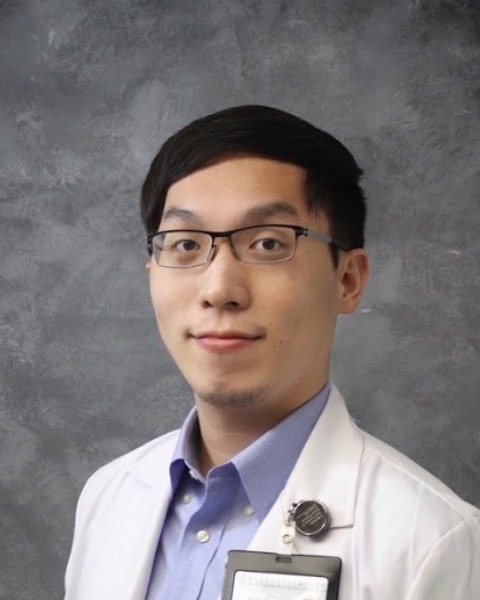Education
Bench To Bedside: Young Neurosurgeon’s Journey of Skull Base Approach for Intracranial Tumor Resection
Bench to Bedside: Young Neurosurgeon’s Journey of Skull Base Approach for Intracranial Tumor Resection

Xavier Hsu, MD
Attending neurosurgeon
Koo Foundation Sun Yat-Sen Cancer Center
Taipei City, TW
Presenting Author(s)
Introduction: With the development of stereotactic radiotherapy, opportunities to perform microneurosurgery for intracranial neoplasms are decreasing. It is essential, more imperative than ever, that adequate laboratory training is available and used. Through cadaver dissection, neurosurgeon can be familiar with normal anatomy. As neoplasms grow, the relationship of nearby neurovascular structure could be distorted. Only based on solid neuroanatomical knowledge can neurosurgeon resect neoplasm without compromising critical nerve, vessel, grey matter and fiber tract. Here the authors present personal experience to polish microneurosurgical concept and technique from laboratory to operating room.
Methods: The presenting author (five years in practice) studied four formalin-fixed adult cadaveric heads injected with colored silicone before operation. It was demonstrated exposure, angle of attack, relative position of neurovascular structure through pterional/pretemporal approach. Retrospective review of consecutive six patients treated by presenting author between July 2022 and July 2024 was also extracted.
Results: There was one patient with left frontotemporal metastatic carcinoma involving lateral orbital wall, one type 2 clinoidal meningioma, one olfactory groove meningioma, one spheno-orbital meningioma with proptosis, one sphenoid ridge meningioma, and one right inferior frontal gyrus radiation necrosis. Follow-up months were three to 27 months. There were no radiological evidence suggesting recurrence on follow-up magnetic resonance image (MRI) six months after operation. No patient presented permanent new postoperative neurological deficit during follow-up. Five patients showed improvements in Karnofsky performance scale one month after surgery.
Conclusion : Our case-series demonstrated neuroanatomy laboratory training empowered young neurosurgeon (five years in practice) to establish “see through X-ray vision.” With normal anatomy in mind, neurosurgeon can predict position of critical vessels and nerves, which are hindered by pathology, before resection of tumor. Modern technological advancement such as mixed reality, artificial intelligence may pose the potential to impact neuroanatomy laboratory training and academic education.
Methods: The presenting author (five years in practice) studied four formalin-fixed adult cadaveric heads injected with colored silicone before operation. It was demonstrated exposure, angle of attack, relative position of neurovascular structure through pterional/pretemporal approach. Retrospective review of consecutive six patients treated by presenting author between July 2022 and July 2024 was also extracted.
Results: There was one patient with left frontotemporal metastatic carcinoma involving lateral orbital wall, one type 2 clinoidal meningioma, one olfactory groove meningioma, one spheno-orbital meningioma with proptosis, one sphenoid ridge meningioma, and one right inferior frontal gyrus radiation necrosis. Follow-up months were three to 27 months. There were no radiological evidence suggesting recurrence on follow-up magnetic resonance image (MRI) six months after operation. No patient presented permanent new postoperative neurological deficit during follow-up. Five patients showed improvements in Karnofsky performance scale one month after surgery.
Conclusion : Our case-series demonstrated neuroanatomy laboratory training empowered young neurosurgeon (five years in practice) to establish “see through X-ray vision.” With normal anatomy in mind, neurosurgeon can predict position of critical vessels and nerves, which are hindered by pathology, before resection of tumor. Modern technological advancement such as mixed reality, artificial intelligence may pose the potential to impact neuroanatomy laboratory training and academic education.

.jpg)